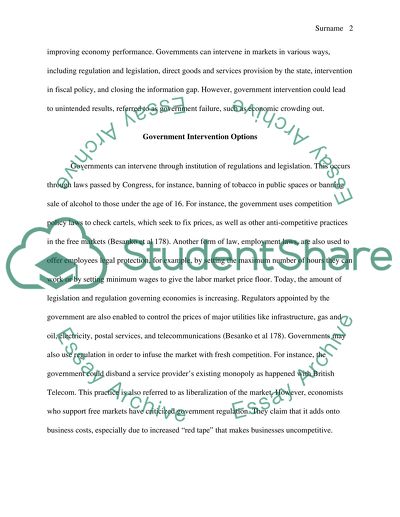Cite this document
(“Microeconomics: Government Intervention and Failure Essay”, n.d.)
Retrieved from https://studentshare.org/macro-microeconomics/1493683-microeconomics-government-intervention-and-failure
Retrieved from https://studentshare.org/macro-microeconomics/1493683-microeconomics-government-intervention-and-failure
(Microeconomics: Government Intervention and Failure Essay)
https://studentshare.org/macro-microeconomics/1493683-microeconomics-government-intervention-and-failure.
https://studentshare.org/macro-microeconomics/1493683-microeconomics-government-intervention-and-failure.
“Microeconomics: Government Intervention and Failure Essay”, n.d. https://studentshare.org/macro-microeconomics/1493683-microeconomics-government-intervention-and-failure.


